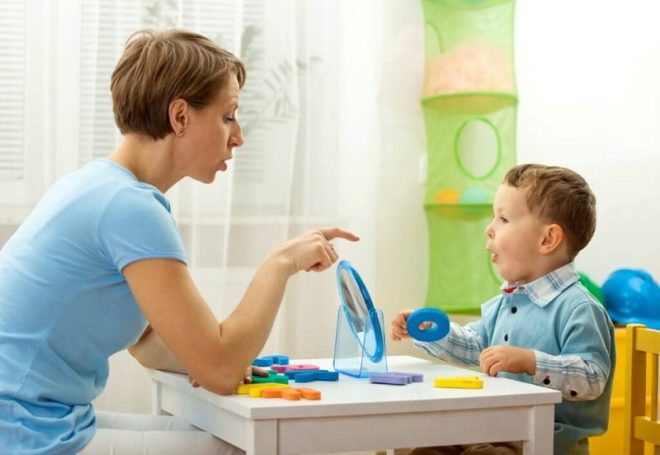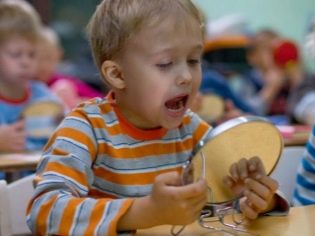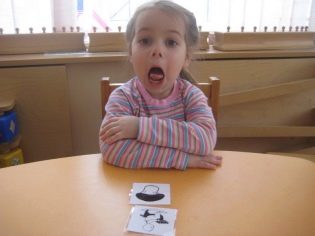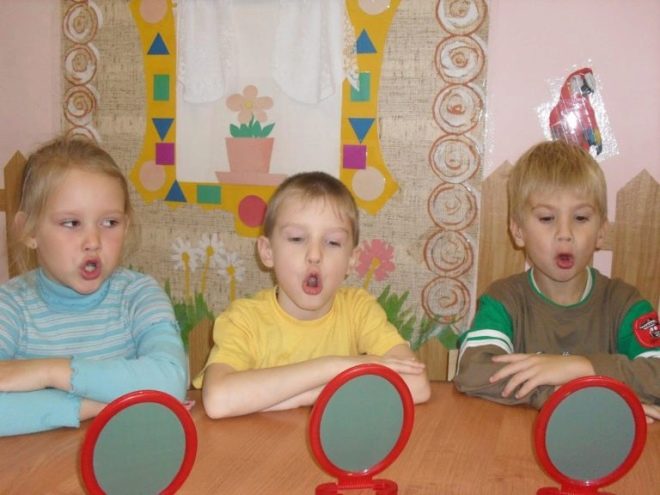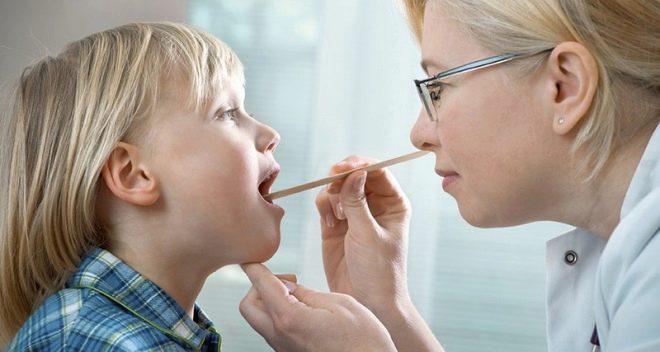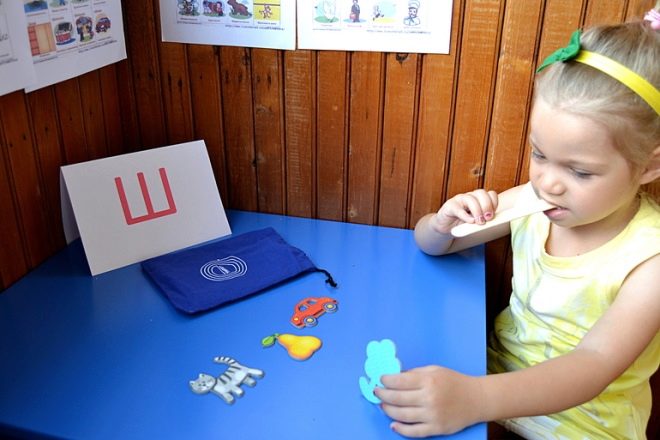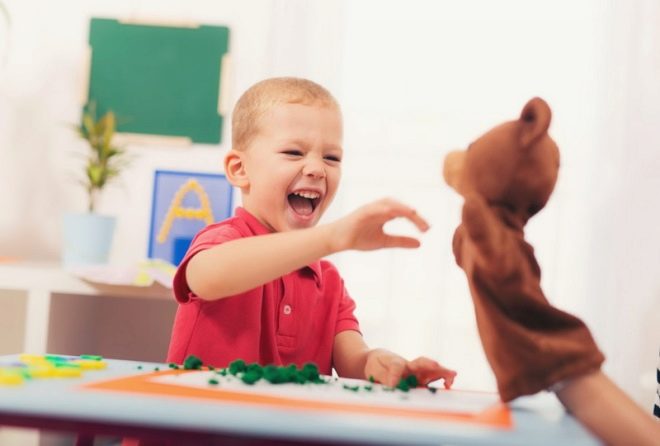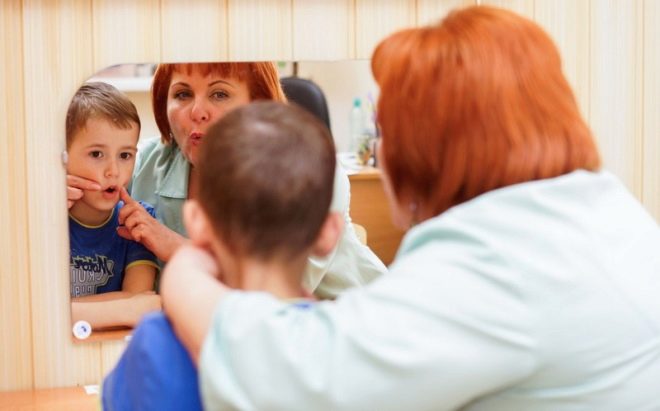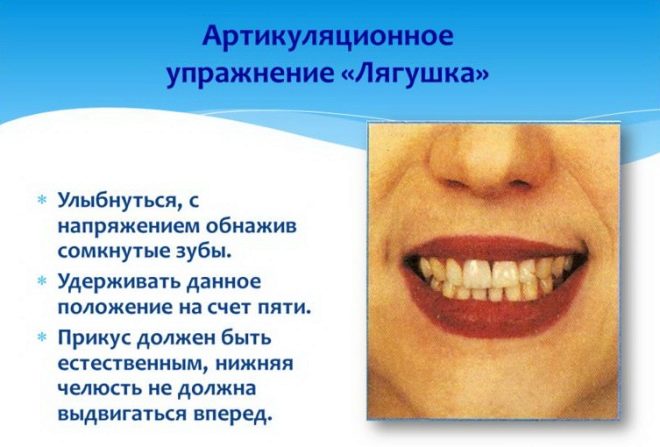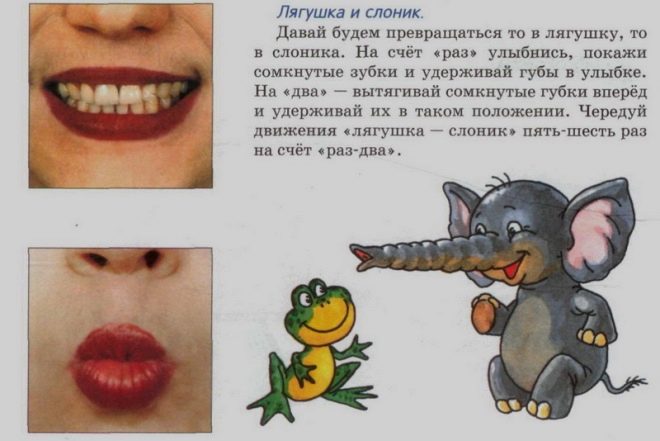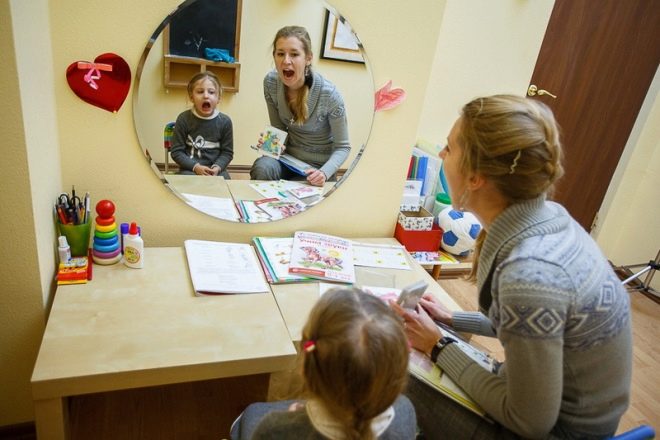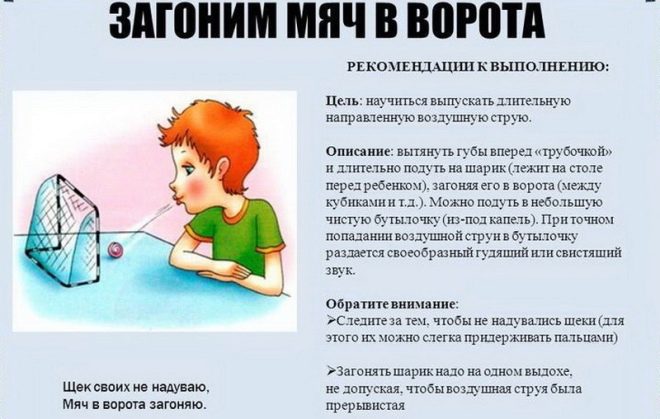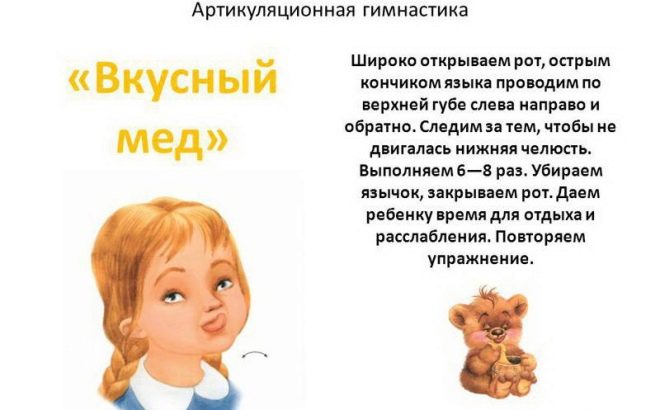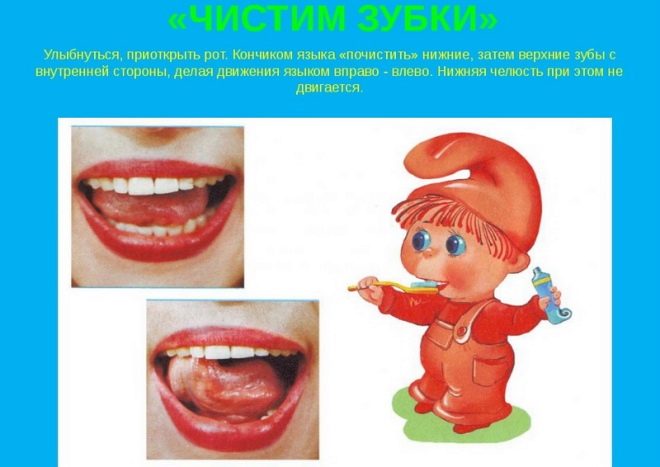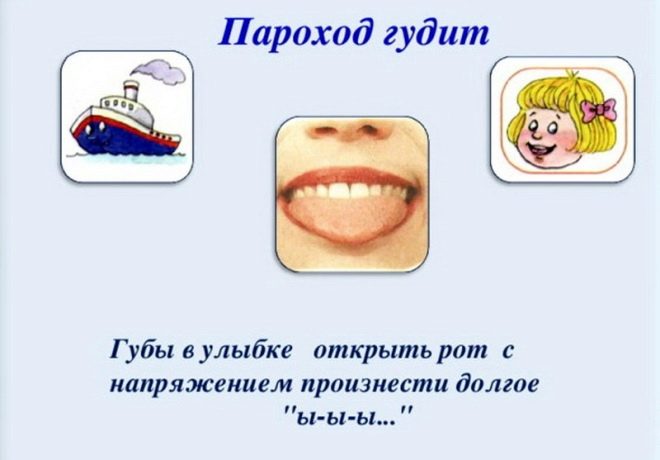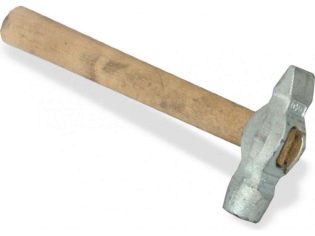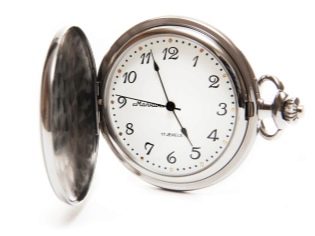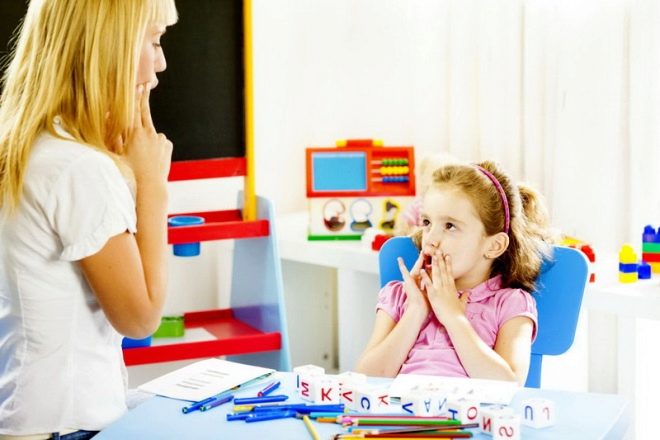How to spend articulation gymnastics for children over 5 years old?
A child who speaks well and clearly is always given first-grade education. The intelligible speech facilitates understanding, does not cause embarrassment to the child, does not generate complexes. Helping a child to make his speech more clear and legible is a challenge for caring parents. Speech therapist deals with the correction of serious speech defects, but without a systematic home practice in articulation gymnastics, a specialist will not achieve serious success. In this article we will describe how to conduct articulation classes independently for preschoolers over 5 years old.
What it is?
Articulation gymnastics is called such a complex, which is aimed at developing and strengthening the muscles of the child’s speech apparatus. This includes some facial muscles, tongue, vocal chords, lips, cheek muscles, and neck. The exercises of the articulation complex relate to treatment-and-prophylactic gymnastics, as they help in the presence of certain problems with speech and for the prevention of the occurrence of such problems. The purpose of such gymnastics is to strengthen the muscles, giving them a certain dexterity, strength, because only the harmonious work of all the muscles and ligaments involved in the child's pronunciation of sounds, ensures a clear and intelligible pronunciation.
Articulation complexes help to improve the blood supply of such muscles, train certain skills of retaining the speech positions of muscles, decreases muscular “clamp”, blocks, which is important during stuttering. Increases the speed of pronunciation and purity of sounds. Exercises in such gymnastics can be static, aimed at the ability to maintain a certain muscular position, for example, when pronouncing a particularly difficult sound for a child, as well as dynamic ones.
The dynamic form of the exercises is aimed at bringing the correct formulation to automatism and is based on constant repetition and consolidation. Ideally, for each child, their own corrective speech therapy course is selected, which allows to correct a specific defect peculiar to a specific small patient.
But the basics of articulation gymnastics will be useful to all parents, whose children can not boast of a clear and sonorous voice, confident talk and correct pronunciation.
Indications and contraindications
Articulation gymnastics is useful for all children. And those who speak cleanly, and those who have problems with speech. According to the statistics of the second - the majority. Up to 70% of children aged 4 to 6-7 years have certain deviations from the norms in speech development. These deviations are not always noticeable, parents do not always guess about them, because not every such child stutters or “swallows” half of the consonant sounds.
An unequivocal indication to the beginning of the gymnastics are any deviations in the sound pronunciation. Classes are recommended when dysarthria, stuttering, burr. With the wrong pronunciation of both vowels and consonants, in violation of the speed and intelligibility of speech. Even if the child correctly pronounces each of the sounds, due to the sluggish and inactive speech apparatus, a sensation of “porridge in the mouth” is created.
Gymnastics for articulation and diction exercises will quickly help to give the muscles and ligaments of the speech apparatus the necessary tone - it will become choosy and beautiful.
There are practically no contraindications to gymnastics for articulation.Only if it is combined and carried out simultaneously with the respiratory gymnastics, there are certain limitations: heart defects, mental illness, and vascular pathology. For articulation general gymnastics, contraindications may be diseases of the teeth and gums in the acute stage, inflammation of the lips, tongue, tonsillitis in the acute period.
All of these contraindications are temporary. When a child recovers, you can do it.
General rules
In any articulation complex there are several groups of exercises. You should always start with the simple and gradually move to the difficult. To simple basic exercises include warming up the vocal apparatus, as well as static exercises - holding the lips, tongue in a certain position for a certain time. A more complex group of techniques - dynamic exercises aimed at "working out" of certain groups of sounds - for example, only hissing or only deaf. For children from 4-5 years old and older apply complex game exercises.
Why is it important to play? Yes, because in itself articulation charging does not deliver neither pleasure nor interest. But if you present it as a game and engage with the baby, everything will turn out much faster and more efficiently.
You can not teach a child to speak correctly for one day or one month. Classes should be held daily for quite a long time. Only then permanently fixed skills will become a good habit and become completely natural for the child.
For prophylaxis, gymnastics can be done 1-2 times a day, and at least 4-5 lessons per day will be needed to correct problems with speech.
Gymnastics should not be long, the speech apparatus is designed so that he quickly gets tired. Try to limit your lesson time to 5 minutes. In some cases, you can extend the session for a couple of minutes. Below we will offer a set of exercises. You do not need to try to fit it all in the allotted five minutes, it is impossible and absolutely not necessary. It is enough to divide it into groups of 2-3 exercises and conduct 4-5 sessions using various tasks.
Combine them into groups to your liking, but remember the important rule - only one exercise in the complex should be new. The other two should be familiar to the preschooler so that he can reinforce already learned skills. Include static exercises and dynamic exercises. Do the first exercises more simple - static.
Do gymnastics in a sitting position. The shoulder girdle, neck, and limbs of the child should be relaxed. If there is a wall mirror, hang it near the place of employment - the child will be able to see his articulation and compare it with the movements of the parents' articulation apparatus. If there is no such mirror, put a small mirror on the stand in front of the child on the table, and you will be placed directly opposite the baby’s face. So he will see how to do it and how it actually turns out for him.
Do not be lazy and make a card with pictures. They will help the child to better understand the situation, the game will become more interesting. We will tell about cards below.
Never scold the child for the wrong task. Stress and resentment can strengthen muscle clamps, and all efforts go to ashes. It is important to speak calmly, unhurriedly, melodiously, tenderly, more often to praise the child so that he has an incentive to engage. If there is no incentive, there will be no result.
Effective exercises
We will show you just a few of the most common and useful exercises. Based on them, you can then create new ones, invent your own unique tasks. The basic tasks are as follows.
"Frog". Ask the child to show teeth, as does the frog. Then close your teeth, and your lips spread wide apart. It will be a smile in all 32 teeth. Hold it for 10-15 seconds, then you can relax your lips, calmly breathe and repeat a smile.
- "Proboscis". Ask the child to show how the elephant drinks water.To do this, fold the “proboscis” - the lips should be pulled out as far as possible forward with a straw. 10-15 seconds, the child should hold them in this position, after which they can be relaxed, and after a minute, repeat the exercise.
- "Jolly Elephant". This exercise combines the previous two. First ask the child to do the proboscis, hold it for a few seconds. Without pauses and rest, the position of the lips should be changed to the widest smile in the world - "frog". Do the exercise several times.
- "Sperm whale". For this exercise, you’ll have to show your child how a sperm whale looks when it opens its big mouth. Use the picture card with the corresponding image. Have your child open his mouth, show his teeth, stick out his tongue, remove his tongue and smile as widely as possible, then close his mouth.
- "Harmful." This exercise in preschool children usually causes real fun. It is aimed at relaxing the muscles of the tongue. Ask the child not to stick out, but throw out a wide and flaccid tongue on the lower lip, completely relax it. Slapping his lips, you need to utter "pya-pya-pya."
- "Football Star". Put a cotton ball on the table in front of the child and draw a football goal on a piece of paper. Ask him, folding his sponge tube, to drive a cotton ball into the goal gate directional movement of the air jet. Inflate the cheeks while it is impossible Inhale the air only through the nose, the flow of the air stream should not be interrupted.
- "Sweet tooth". Ask your child to imagine that he has a delicious ice cream or chocolate cream on his lips. The task is to lick your lips as quickly as possible, sticking your tongue as far as possible. When doing homework, it is permissible to put a drop of jam or chocolate paste on the very tip of the baby’s nose. Let him try to reach her with his tongue. Even if it does not work, be sure to reward him by giving a spoonful of goodies.
- "We clean, we clean the chimney sweep." This exercise is carried out to strengthen the hyoid ligament and the ability to fix the conic of the tongue behind the lower teeth in order to better pronounce the whistling and ringing sounds. Ask the child to open his mouth and clean the lower teeth from the inside with the tip of the tongue. Do it together. Then be sure to note that the baby's teeth, of course, turned out cleaner.
- "Steamer". This exercise is designed to train one of the most problematic areas of the preschool speech apparatus, the back of the tongue. It is necessary to hold the tip of the tongue with your teeth and not let it out. At the same time, it is necessary to try as loudly as possible to utter the sound "ss ss ss". It will turn out very similar to the ship's horn.
Cards
They will be needed for many exercises. But more for dynamic. Pictures for classes can be drawn independently or printed from the Internet. Here are a few card exercises.
- "Beetles". Show the card with the beetles, reading the trail: “I’m still there, I’m still sitting on the flowers, see, show, tell the children the tale.” In the end, along with the child, “Zhu-Zhu-Zhu” is repeated.
- "Aerodrome". Ask the child to land all the planes. Show cards with images of different airplanes and rockets. While the card is in the air, the child, along with you, accompanies the flight with the sounds of “rr-rr-r” and “w-w-w-w”. Dive with a card and draw circles in the air - the child must repeat “yyy”, and when your drawn aircraft goes to land, you should repeat “uv-f-f” as loud as possible.
- "Useful items." This exercise requires images of objects whose purpose is well known to the child. The appearance of each card, he must sound: a hammer - tuk-tuk-tuk, a clock - tick-tac, a train - chukh-chukh, boots - top-top, etc.
- "An interesting zoo." For this exercise, you will need images of animals, in the name of which, either in the “voice acting” of the imitation, there are sounds that are problematic for the child. If baby speaks ill L, settle in your zoo lion, seal, squirrel, sloth, horse, lemur.If there are problems with the sound “C”, the zoo should have a dog, a woodchuck, ground squirrel, gray wolf, elephant. If you have problems with the pronunciation of "P" - tiger, lynx, fish.
Ask your child for a tour. Ask what kind of animal lives here, how he knows how to "talk", what he eats. Try to make the child repeat the name of the beast as often as possible.
Reviews
According to the reviews of mothers who did articulation gymnastics and massage with their children, almost everyone can achieve quite impressive results. Some begin to engage with the child before the visit to the speech therapist, and it is this that plays a crucial role as a result - the child begins to speak normally without a speech therapist. Similar lessons from professionals in clinics and children's centers, according to moms, are quite expensive - from 300 rubles. for one lesson. And this is another reason to do gymnastics at home.
For information on how to do articulation gymnastics for children, see the next video.

